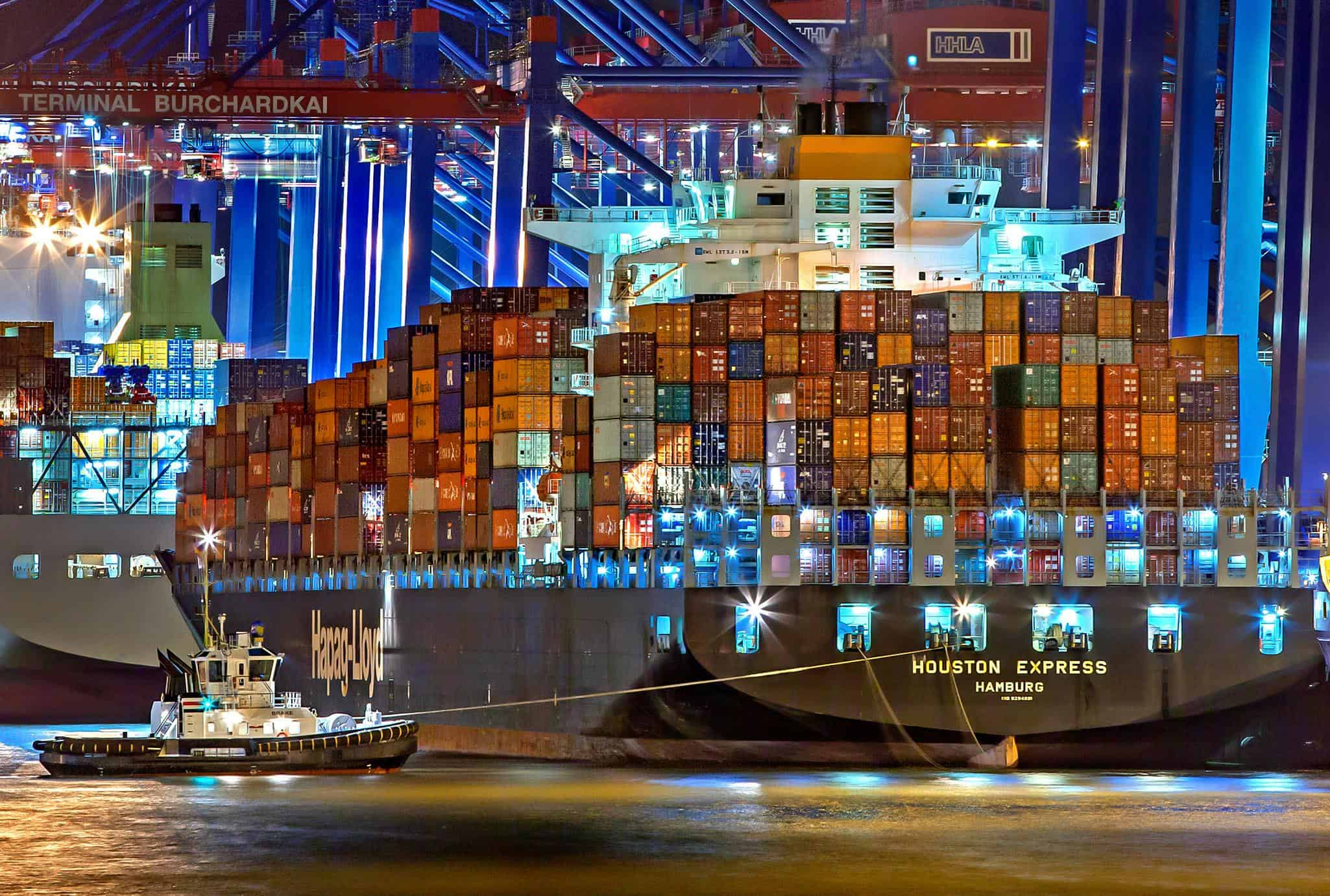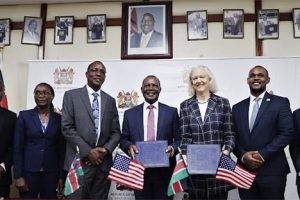
The Impact of the EAC-COMESA-SADC Free Trade Area on the East African Community
By Ronny Ndiema
New opportunity for EAC
At the on 20 July 2024 in Accra, Ghana, officials announced that the EAC-COMESA-SADC Tripartite agreement would come into force on 25 July. This is after the Republic of Angola deposited its instruments of ratification on 25th of June 2024, bringing the instruments of ratification to 14, the required threshold for the Agreement to enter into force. The establishment of the EAC-COMESA-SADC Free Trade Area (FTA) aims to enhance market access, address the issue of multiple memberships, and further the objectives of cooperation, harmonization, and coordination of policies among the three Regional Economic Communities (RECs).
The EAC-COMESA-SADC FTA will profoundly influence cross-border trade within the East African Community. By reducing trade barriers, goods and services will move more freely, lowering costs and increasing trade volume among EAC member states. Businesses will access new markets more easily, enhancing their competitiveness and enabling expansion.
Benefit from Infrastructure build up
The East African region is poised to benefit significantly from the infrastructural development accompanying the EAC-COMESA-SADC Free Trade Area agreement. Linking markets across the tripartite countries requires substantial upgrades to existing infrastructure, from the northern to the southernmost parts of the continent. Harmonizing policies and standards across the EAC, COMESA, and SADC will encourage integrated infrastructure projects, such as regional highways and rail networks that serve multiple countries.
Investment in transport networks, such as roads, railways, and ports, will be essential to accommodate the higher volume of trade. Improved infrastructure will reduce transportation costs and transit times, making it easier for businesses to move goods across borders. Projects like the Standard Gauge Railway and the Northern Corridor of about 2080 km will gain further impetus, enhancing connectivity within the EAC and with the broader tripartite region.
“… addressing the issue of multiple memberships by integrating the EAC, COMESA, and SADC into a single trade bloc will streamline trade relations and policy implementations.”
For the EAC, these developments will streamline cross-border trade by reducing transit times and logistics costs, enhancing connectivity, and improving supply chain reliability. Efficient transport networks will enable faster and more cost-effective movement of goods, boosting trade volumes and market access for businesses. These enhancements will also attract investment in trade-related facilities, further promoting economic growth and integration within the region.

Access to raw materials
The EAC-COMESA-SADC Free Trade Area (FTA) agreement will greatly benefit the East African Community (EAC) by enhancing access to raw materials and improving cross-border trade. The removal of trade barriers will increase the availability and reduce the cost of raw materials, supporting local industries and allowing businesses to diversify their sources and improve product quality. The agreement will boost trade volumes, drive economic growth, and enhance market access by simplifying customs procedures and investing in transport and logistics infrastructure. Improved infrastructure and regulatory harmonization will reduce transit times and costs, strengthen supply chains, and attract foreign direct investment (FDI). These developments will create a more integrated and efficient trading environment, fostering competition, innovation, and regional economic integration, ultimately benefiting businesses and consumers across the EAC.
Opening up the East African region
The agreement is poised to open up the East African region by significantly enhancing trade and investment opportunities. According to the World Bank, intra-African trade is expected to increase by 24% under the African Continental Free Trade Area (AfCFTA), which encompasses the EAC-COMESA-SADC FTA. This rise will be driven by the elimination of tariffs and non-tariff barriers, which currently account for an average tariff rate of 6.9% within Africa. The agreement will facilitate smoother and more cost-effective movement of goods, as evidenced by the East African Business Council’s report that streamlined customs procedures could reduce trade costs by 15%.
Additionally, the African Development Bank highlights that improved infrastructure, such as the Northern Corridor, has the potential to cut transportation costs by up to 40%, making East African goods more competitive in regional and global markets. These changes will attract foreign direct investment (FDI), boost local industries, and create jobs, thereby promoting economic growth and development across the East African Community.

Benefits of the EAC-COMESA-SADC FTA
The EAC-COMESA-SADC Free Trade Area agreement will harmonize trade policies and standards across the regions, simplifying compliance for businesses and reducing administrative burdens. This regulatory alignment will create a more predictable trading environment, enabling SMEs to engage more easily in cross-border trade, boosting economic activity and job creation within the EAC. Improved customs procedures and reduced border delays will facilitate the efficient movement of goods, benefiting perishable and time-sensitive products like agricultural produce, thereby enhancing farmers’ incomes and food security. Additionally, addressing the issue of multiple memberships by integrating the EAC, COMESA, and SADC into a single trade bloc will streamline trade relations and policy implementations, reduce trade conflicts, and foster a collaborative spirit among member states, leading to more efficient and mutually beneficial trade practices
The EAC-COMESA-SADC Free Trade Area will significantly enhance cross-border trade within the East African Community. By eliminating trade barriers, harmonizing regulations, improving customs procedures, and encouraging infrastructure development, the FTA will create a more integrated and efficient trading environment. The EAC stands to benefit from increased trade volumes, lower costs, and improved market access, driving economic growth and development across.
These are the writers own opinions and do not necessarily reflect those of Liberty Sparks, our board, or its representatives.



